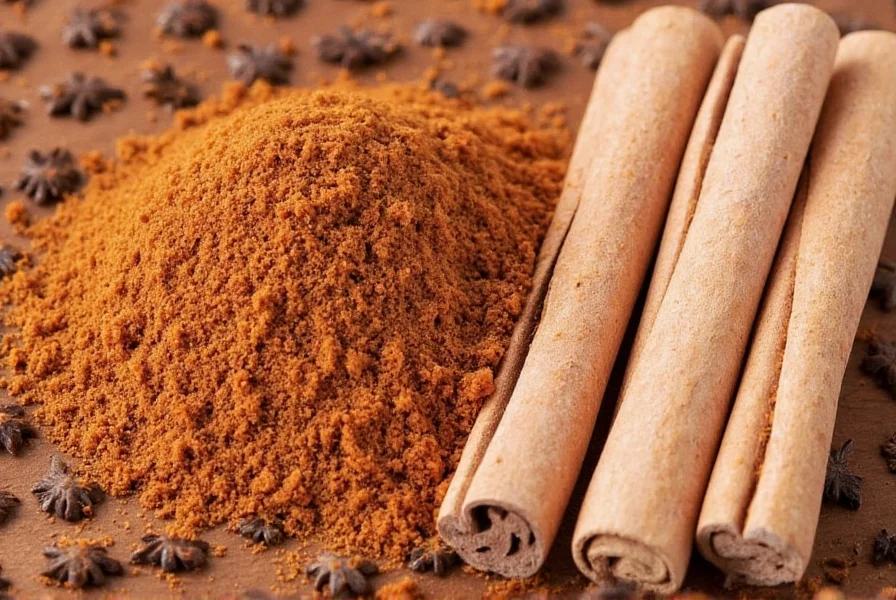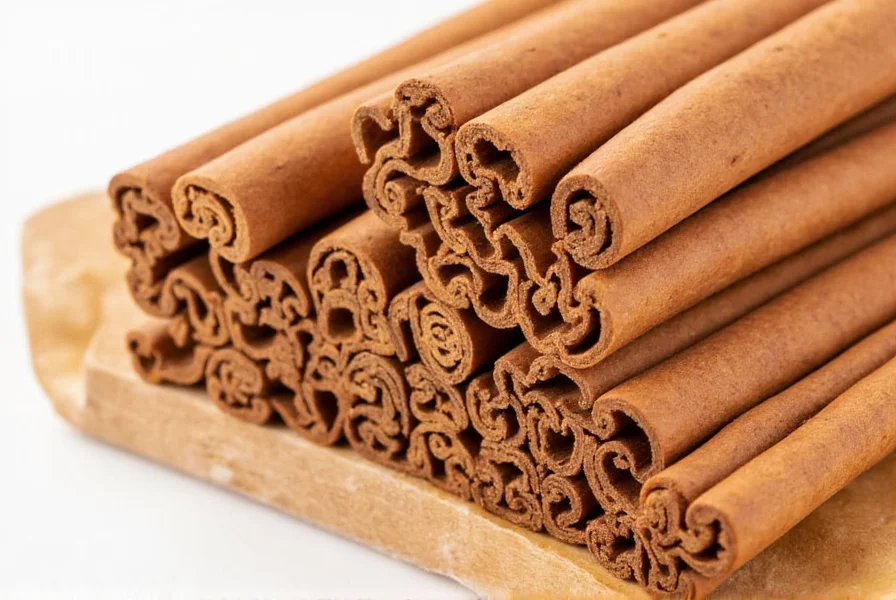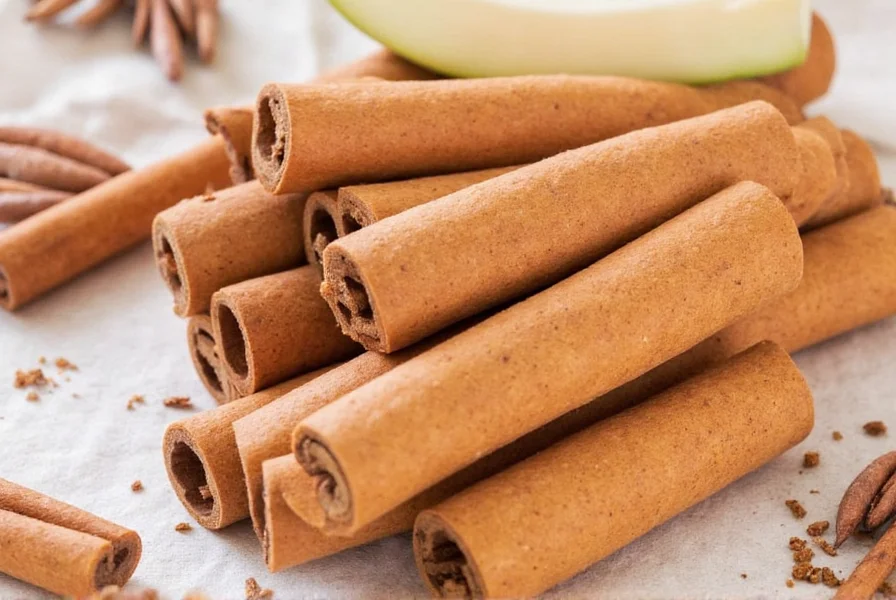Table of Contents
- Introduction to Cassia Cinnamon Sticks
- The Flavor Profile of Cassia Cinnamon Sticks
- Versatile Uses of Cassia Cinnamon Sticks
- Cassia vs. Ceylon Cinnamon: What's the Difference?
- Buying Guide for Cassia Cinnamon Sticks
- Top 10 Tips for Using Cassia Cinnamon Sticks
- Frequently Asked Questions About Cassia Cinnamon Sticks
- Conclusion
Is Cassia Cinnamon Safe to Eat? Yes, but with important considerations. Cassia cinnamon contains high levels of coumarin, which can be harmful to the liver in large amounts. For most people, occasional use is safe, but those with liver conditions should opt for Ceylon cinnamon instead. In this guide, we'll explore everything you need to know about cassia cinnamon sticks, including health implications, culinary uses, and how to choose the best type for your needs.

The Flavor Profile of Cassia Cinnamon Sticks
Cassia cinnamon sticks have a bold, sweet, and slightly spicy flavor that sets them apart from their milder cousin, Ceylon cinnamon. The aroma is warm and inviting, often described as earthy with hints of citrus and a touch of bitterness. This makes it ideal for both sweet and savory dishes.
When used in baking, cassia cinnamon adds a deep, comforting flavor to cookies, cakes, and pies. It also pairs beautifully with coffee, tea, and hot chocolate. In savory dishes, it can be used in stews, curries, and even meat rubs to add a unique depth of flavor.
The intensity of cassia cinnamon means it should be used with care—especially if you're new to it. A little goes a long way, and overuse can make your dish taste too strong or bitter.

Versatile Uses of Cassia Cinnamon Sticks
Cassia cinnamon sticks are incredibly versatile. Whether you're a home cook, a professional chef, or a passionate baker, there's no shortage of ways to use them in your kitchen. Here are some popular applications:
- Baking: Add a stick to your pie filling or mix it into cookie dough for an extra kick of warmth and sweetness.
- Cooking: Use it in slow-cooked dishes like soups, stews, and braises to infuse them with its rich aroma.
- Beverages: Steep a stick in coffee, tea, or mulled wine for a cozy, spiced drink.
- Infusions: Make your own cinnamon-infused oils or syrups for drizzling on desserts or mixing into cocktails.
One of the most unique things about cassia cinnamon sticks is that they can be reused multiple times. After steeping or simmering, simply remove the stick and let it dry before using it again. This makes it a cost-effective and sustainable choice for any spice lover.
Cassia vs. Ceylon Cinnamon: What's the Difference?
If you're shopping for cinnamon, you might find yourself confused between cassia and Ceylon. While both come from the same tree family, they are different in flavor, texture, and quality.
Here's a quick comparison to help you choose:
| Feature | Cassia Cinnamon | Ceylon Cinnamon |
|---|---|---|
| Flavor | Bold, sweet, and slightly spicy | Milder, sweeter, and more delicate |
| Texture | Thicker, rougher bark | Thin, curled layers |
| Appearance | Dark brown with a rough surface | Lighter brown with a smooth, paper-thin texture |
| Cost | More affordable | More expensive |
| Use Cases | Great for baked goods, beverages, and hearty dishes | Best for delicate desserts and everyday cooking |
So, which one should you choose? If you're looking for a powerful, aromatic spice that can stand up to strong flavors, go with cassia. But if you want a more subtle, refined flavor, Ceylon is the way to go.
Buying Guide for Cassia Cinnamon Sticks
Choosing the right cassia cinnamon sticks can make all the difference in your cooking. Here's a detailed guide to help you select the best ones:
Key Features to Look For
- Origin: Look for cassia cinnamon sticks from reputable regions like China, Vietnam, or Indonesia, where it's traditionally grown.
- Color: High-quality cassia should be dark brown with a slight reddish tint. Avoid pale or overly dark sticks, which may indicate poor quality or age.
- Smell: A fresh, aromatic scent is a good sign. If it smells musty or stale, it may not be at its best.
- Texture: The sticks should be firm but not brittle. They should be easy to break or crush without crumbling.
Popular Brands & Products
Here are a few trusted brands known for their high-quality cassia cinnamon sticks:
- Brand A - Premium Cassia Cinnamon Sticks: Known for its rich aroma and robust flavor. Ideal for bakers and chefs who want a strong, authentic taste.
- Brand B - Organic Cassia Cinnamon Sticks: Sustainably sourced and free from pesticides. Great for health-conscious cooks and those who prefer organic products.
- Brand C - Bulk Cassia Cinnamon Sticks: Perfect for large kitchens or frequent users. Offers excellent value for money and consistent quality.
Each brand has its own unique qualities, so consider your needs and preferences when choosing. Whether you're looking for affordability, organic options, or bulk purchasing, there's a product that fits your lifestyle.

Top 10 Tips for Using Cassia Cinnamon Sticks
Now that you know what cassia cinnamon sticks are and how to choose them, here are some practical tips to help you use them effectively in your kitchen:
- Steep for Infusion: Add a stick to your tea, coffee, or hot chocolate for a deep, spiced flavor. Let it steep for 5–10 minutes for best results.
- Simmer in Dishes: Use a stick in slow-cooked soups, stews, or braises to add warmth and complexity.
- Grind for Baking: Crush the sticks into a fine powder and use in recipes like gingerbread, apple pie, or oatmeal.
- Pair with Citrus: Combine with lemon or orange zest for a bright, balanced flavor in desserts and drinks.
- Make Syrup: Boil a stick with sugar and water to create a cinnamon syrup for drizzling over pancakes or cocktails.
- Use in Meat Rubs: Mix ground cassia with salt, pepper, and other spices for a flavorful rub on meats like pork or chicken.
- Try in Drinks: Add a stick to mulled wine, spiced cider, or even a cocktail for a cozy, festive twist.
- Store Properly: Keep sticks in an airtight container away from light and moisture to preserve their flavor and potency.
- Reuse Sticks: Don't throw out old sticks! Reuse them in another recipe or for a second infusion.
- Experiment Freely: Cassia cinnamon is bold and versatile—don't be afraid to try it in unexpected places!
Frequently Asked Questions About Cassia Cinnamon Sticks
- What are cassia cinnamon sticks made from?
Cassia cinnamon sticks are made from the inner bark of the Cinnamomum cassia tree. When the bark is harvested, it naturally curls into the stick or "quill" form that we recognize as cinnamon sticks. - How is cassia cinnamon different from regular cinnamon?
"Regular cinnamon" in many countries refers to cassia cinnamon. However, there are different types of cinnamon, with Ceylon cinnamon being the other major variety. Cassia is bolder, spicier, and more common, while Ceylon is milder and often called "true cinnamon." - Is cassia cinnamon safe to consume regularly?
Cassia cinnamon contains 0.4-1.2% coumarin by weight (up to 5% in some sources), while Ceylon cinnamon has less than 0.04%. The European Food Safety Authority (EFSA) recommends a maximum daily intake of 0.1 mg of coumarin per kg of body weight. For most adults, occasional use is safe, but regular high consumption may pose liver risks. Those with liver conditions should avoid cassia cinnamon. - How should I store cassia cinnamon sticks to keep them fresh?
Store cassia cinnamon sticks in an airtight container away from light, heat, and moisture. Properly stored, they can retain their flavor for 1-2 years, though they're best used within 6-12 months for optimal flavor. - Can I substitute cassia cinnamon sticks for ground cinnamon in recipes?
Yes, but with adjustments. As a general rule, one cinnamon stick is roughly equivalent to ½ to 1 teaspoon of ground cinnamon, depending on the recipe and desired intensity. You may need to experiment to get the right flavor balance. - Why is cassia cinnamon less expensive than Ceylon cinnamon?
Cassia cinnamon is less expensive because it's easier and cheaper to produce. The cassia tree grows faster and is more abundant than the Ceylon cinnamon tree, making it more widely available and less costly to harvest and process. - How can I tell if my cassia cinnamon sticks are still good?
Fresh cassia cinnamon sticks should have a strong, sweet-spicy aroma. If they've lost their scent or taste bland, they've likely lost their potency. The color may also fade from a rich reddish-brown to a duller brown as they age. - Can I grow my own cassia cinnamon tree?
Cassia cinnamon trees require tropical conditions to thrive (zones 9-11). While it's possible to grow one as a houseplant in cooler climates, it would need significant space and specific care to eventually produce harvestable bark. - What dishes work best with cassia cinnamon sticks?
Cassia cinnamon sticks shine in robust dishes like mulled wines, hearty stews, baked goods (especially apple pies and gingerbread), rice puddings, and chai tea. Their bold flavor stands up well to long cooking times and strong ingredients. - How much coumarin is in cassia cinnamon compared to Ceylon?
Cassia cinnamon typically contains about 0.4-1.2% coumarin by weight (up to 5% in some sources), while Ceylon cinnamon contains only trace amounts (less than 0.04%). The European Food Safety Authority recommends a maximum daily intake of 0.1 mg of coumarin per kilogram of body weight.
Conclusion
Cassia cinnamon sticks are more than just a spice—they're a key ingredient in many beloved recipes and a symbol of comfort and tradition. With their bold flavor, versatility, and rich history, they bring warmth and depth to both sweet and savory dishes.
Whether you're a seasoned chef or a curious foodie, understanding the basics of cassia cinnamon sticks can enhance your cooking experience and open up new possibilities in your kitchen. From baking to beverages, these sticks are a must-have for any spice collection.
So next time you reach for a spice, don't forget to give cassia cinnamon sticks a try. You might just discover your new favorite flavor.










 浙公网安备
33010002000092号
浙公网安备
33010002000092号 浙B2-20120091-4
浙B2-20120091-4